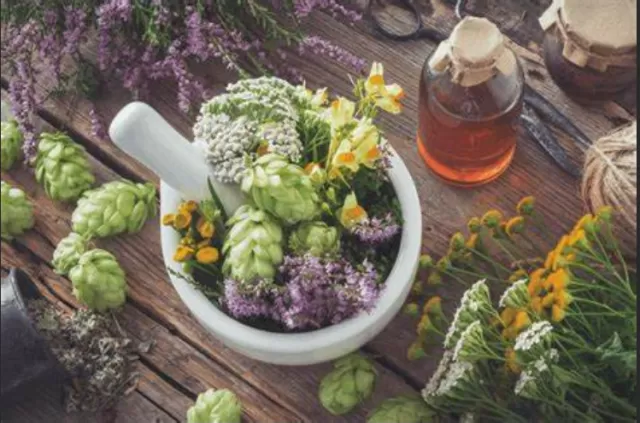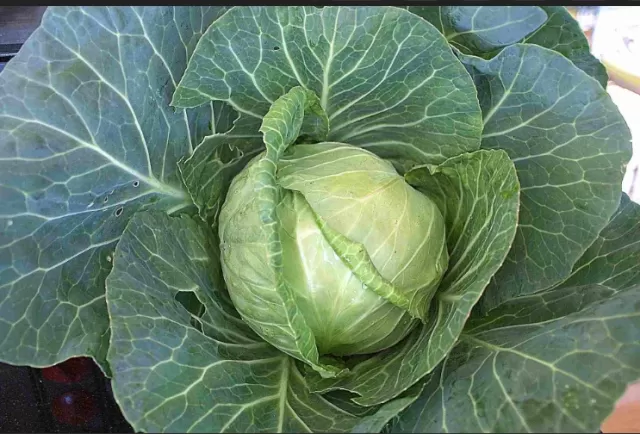Commonly Overlooked Fruits and Vegetables. Indeed, shortcuts in the kitchen are often sought after, but certain practices like skipping the washing of vegetables and fruits might seem tempting. However, it’s crucial to understand the importance of proper cleaning, even in scenarios where you’re peeling off outer layers or not consuming the skin.
Items like homegrown herbs, melons, cabbage, iceberg lettuce, mushrooms, and kiwis merit a thorough rinse before incorporating them into raw consumption or cooking. Even if you’re planning to remove outer layers or not consume the skin, washing these items is vital.
For instance, homegrown herbs might have collected dirt or potential contaminants, while melon rinds can transfer bacteria to the edible portion when cutting. Cabbage leaves can harbor dirt or pesticides, and lettuce can carry surface contaminants despite not being cooked. Mushrooms can absorb moisture and soil, requiring careful cleaning, and kiwi skins, even if not consumed, might contain residual substances.
Therefore, a careful rinse before use is recommended to minimize the risk of ingesting dirt, pesticides, or bacteria and ensure the safety and cleanliness of these items in your culinary endeavors.
Harvesting Herbs with Care: A Step Beyond Backyard Bounty

While homegrown herbs like parsley, sage, thyme, and basil offer a delightful touch to your culinary creations, it’s essential to remember that their journey from the backyard or windowsill to your kitchen might involve some unwanted elements.
Whether nibbled by backyard critters, marked by birds, or simply collecting household dust, these herbs may not be pristine, despite your loving care.
Before incorporating these herbs into your dishes, it’s advisable to give them a thorough and careful wash.
This ensures that any contaminants or impurities are removed, allowing you to enjoy the true freshness and flavor of the herbs in your recipes. Embrace the additional step of washing your homegrown herbs to elevate the quality of your culinary creations and savor the pure essence of your carefully cultivated bounty.
Ensuring Safe Consumption: Properly Washing Melons
Melons, like many other fruits, grow on the ground, and their rinds serve as a protective barrier for the interior flesh against dirt and microorganisms.
However, it is crucial to wash melons thoroughly before cutting them to avoid introducing bacteria to the edible portion.
When a melon is not properly washed before cutting, there is a risk of transferring bacteria from the surface of the dirty rind to the interior flesh.
This contamination can occur when a knife comes into contact with the unclean surface and carries the bacteria through the melon as it is cut, affecting every slice.
To ensure safe consumption, it is recommended to wash melons under running water, using a clean brush to scrub the surface and remove any potential contaminants.
This simple step helps maintain the integrity and cleanliness of the fruit, allowing you to enjoy it without concerns about bacterial contamination.
Prioritizing Food Safety: Washing Iceberg Lettuce

While the heat from cooking can effectively eliminate harmful microorganisms on leafy greens, it’s important to note that iceberg lettuce is often consumed raw.
Whether you plan to enjoy it in a salad or even if you intend to grill the lettuce, washing it before consumption remains a crucial step in ensuring food safety.
Raw iceberg lettuce may carry contaminants such as dirt, pesticides, or bacteria on its surface.
Washing the lettuce under running water helps remove these potential hazards, minimizing the risk of ingesting harmful substances. Even if you have plans to cook or grill the lettuce, starting with a clean and well-washed base is considered best practice to enhance overall food safety.
Dispelling the Myth: Washing Mushrooms for Optimal Cleanliness
Contrary to a common myth, there is no need to avoid washing mushrooms due to concerns about water absorption.
Mushrooms naturally contain a high water content, approximately 90 percent, so they absorb very little additional water during the washing process.
To ensure optimal cleanliness and remove any dirt or debris, it is recommended to gently clean mushrooms.
Since mushrooms grow directly out of the soil, they may carry particles that need to be removed before incorporating them into your dishes. Washing mushrooms under running water or using a damp cloth allows you to enjoy these fungi in your recipes while maintaining a high standard of cleanliness.
Ensuring Safety: Cleaning and Washing Cabbage

While the outer layer of cabbage may not be consumed due to its tougher and less desirable texture, it is still important to wash cabbage for a compelling reason.
There is a possibility that worms or other insects could be present inside the cabbage leaves. To ensure safety and remove any potential contaminants, it is recommended to follow these steps for cleaning and washing cabbage:.
Remove Outer Leaves: Discard the outer leaves that are tougher and less appetizing.
Inspect for Insects: Check the remaining leaves for any signs of worms or insects.
If you find any, you can carefully remove them.
Cut and Separate: Cut the cabbage into the desired size or separate the leaves for further inspection and cleaning.
Rinse Under Running Water: Rinse the cabbage thoroughly under running water, ensuring that all surfaces are cleaned.
By following these steps, you can enjoy cabbage in your recipes with the confidence that it has been properly cleaned and any potential contaminants have been removed.
*The information is for reference only.